The period known as the Middle Ages is the largest and most enigmatic of periods in art history. Stretching broadly from the fall of the Roman Empire to the rise of the Renaissance it encompasses nearly 1000 years with thousands of artists and millions of individual works of art. The art created in this period is breathtakingly beautiful and wonderfully creative including the grand cathedrals of Europe with their stained glass, stone sculptures and reliquaries that still amaze and inspire artists many centuries later. Although many people may overlook this period as a dark age in both science and art, steeped in religion and superstition the art created by the medieval craftsmen was not at all dark, but rather literally and figuratively glowed with light and imagination. This was a time of vast creativity and invention bringing about new developments in architecture, science and painting. Not least of all was one of the most important inventions that still inspires us today, the book illustration.
Primarily created by monks, books and the illuminations contained within were made anonymously by workshops of artists toiling away in scriptoriums not unlike today’s game studios. Like today’s movie and game studios it would take thousands of man hours to make a masterpiece book, strictly bound to an artistic style guide and overseen by a creative director controlling everything from the paper manufacturing, gilding, calligraphy, paint production, artwork and binding. These were the first true multi-media artworks. For this reason many of the artists who worked on these books remain unknown, instead creating their work for the greater spiritual good, and sold by the monasteries to their clients.
By the end of the middle ages this tradition begins to shift and individual craftsmen and artisan guilds working in privately owned workshops begin to emerge creating unique book works that start to make stylistic choices and evolutions on their own. One of the most important and most incredible of these artisans are the Limbourg Brothers (1385-1416).
Paul, Herman and John Limbourg were born in the Netherlands but quickly obtained a goldsmithing apprenticeship in Paris where their skills were developed and appreciated leading to a bible commission that made them famous. Still only teenagers the brothers were hired by the Duke of Berry to become his court artists and there they created their most famous works of the Book of Hours. The beautiful illustrations in these books stand today as one of the greatest works of the medieval period, documenting in exquisite detail the life and times of the people who lived in this era. Combining their background in goldsmithing along with observational skills that would not be common until the Renaissance the brothers created images with the spiritual tradition of the medieval along with pictorial picture making techniques of the modern period. Night scenes, winter landscapes, foreshortening and both linear and atmospheric perspective were among many of the elements that the Brothers all pioneered in their unique images combining the fantastical with the realistic. All three brothers died in 1416 presumably of the plague at very young ages leaving behind some of the most breathtakingly beautiful works in the history of art. The images that the brothers were able to create in their very short careers shows a masterful use of their craft combined with a genius for picture making and storytelling that still inspires the imaginations of illustrators and artists to this day.
Metropolitan Museum of Art Documentary:
View of the Limbourg Book of Hours (French):
Facsimile Copy: M. Moleirno
http://www.moleiro.com/en/books-of-hours/the-trs-riches-heures-du-duc-de-berry.html
A Gallery of works by The Limbourg Brothers:


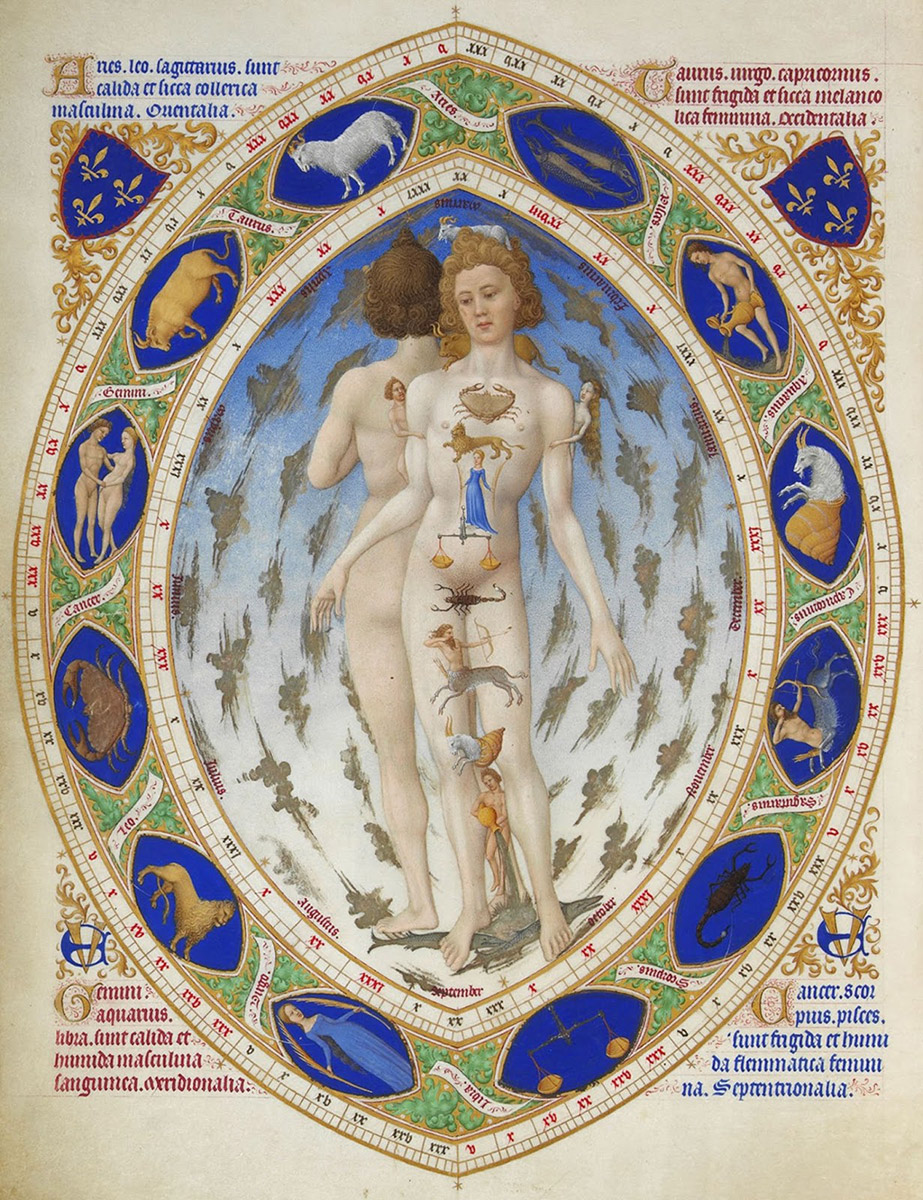
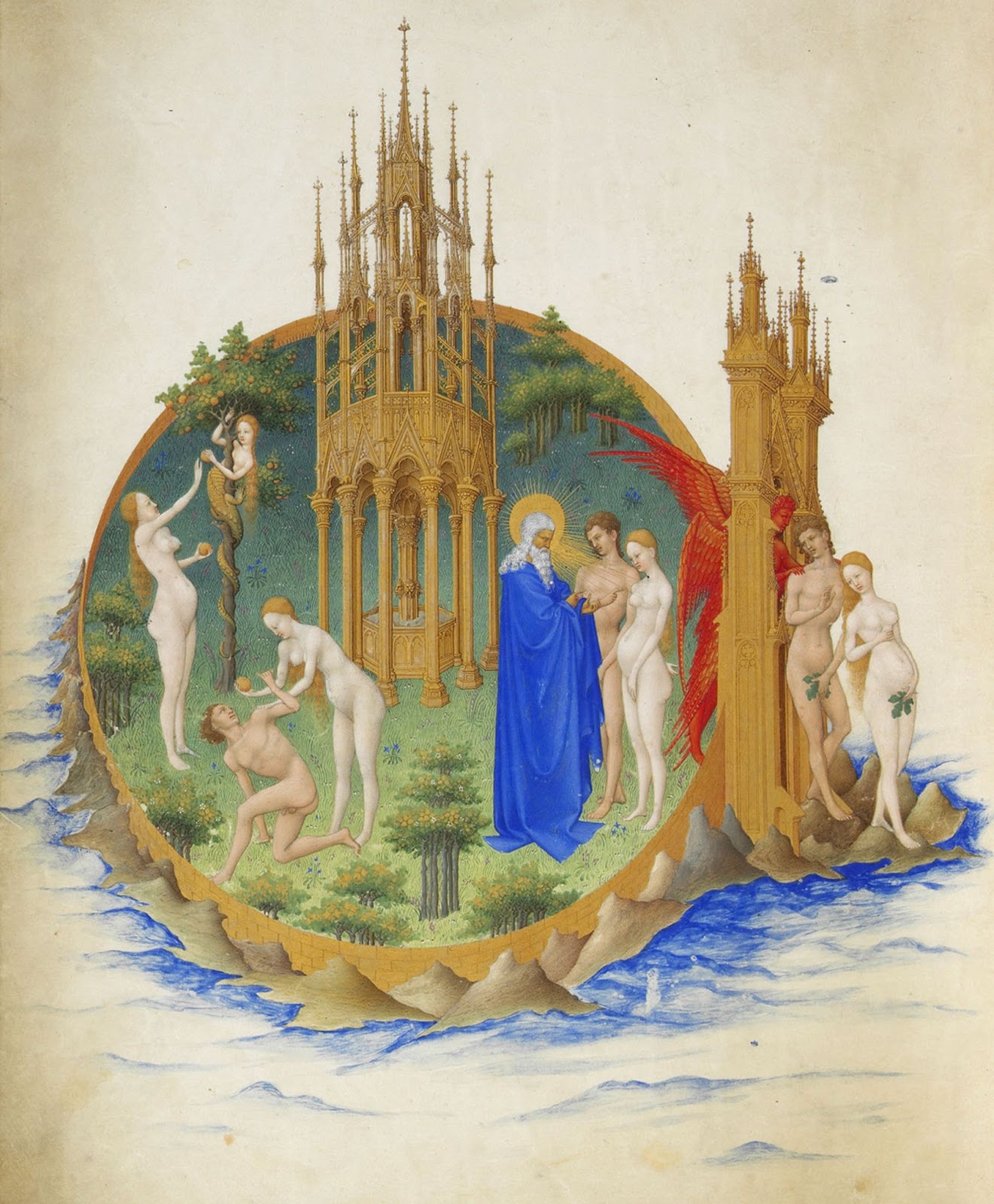
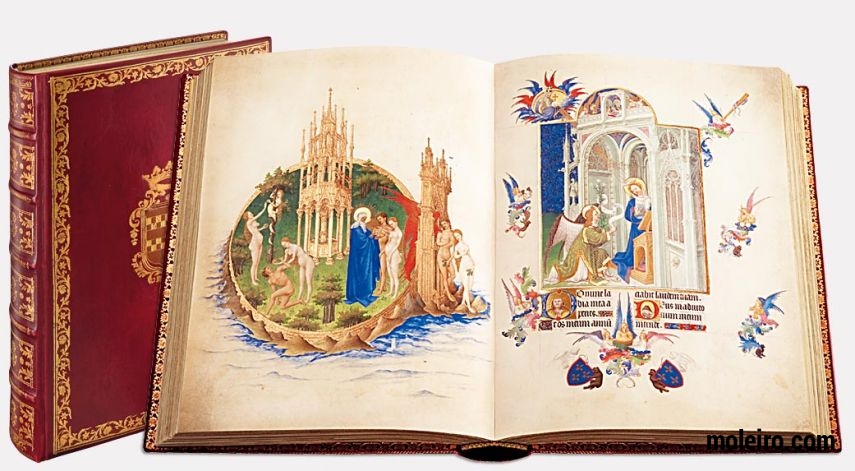

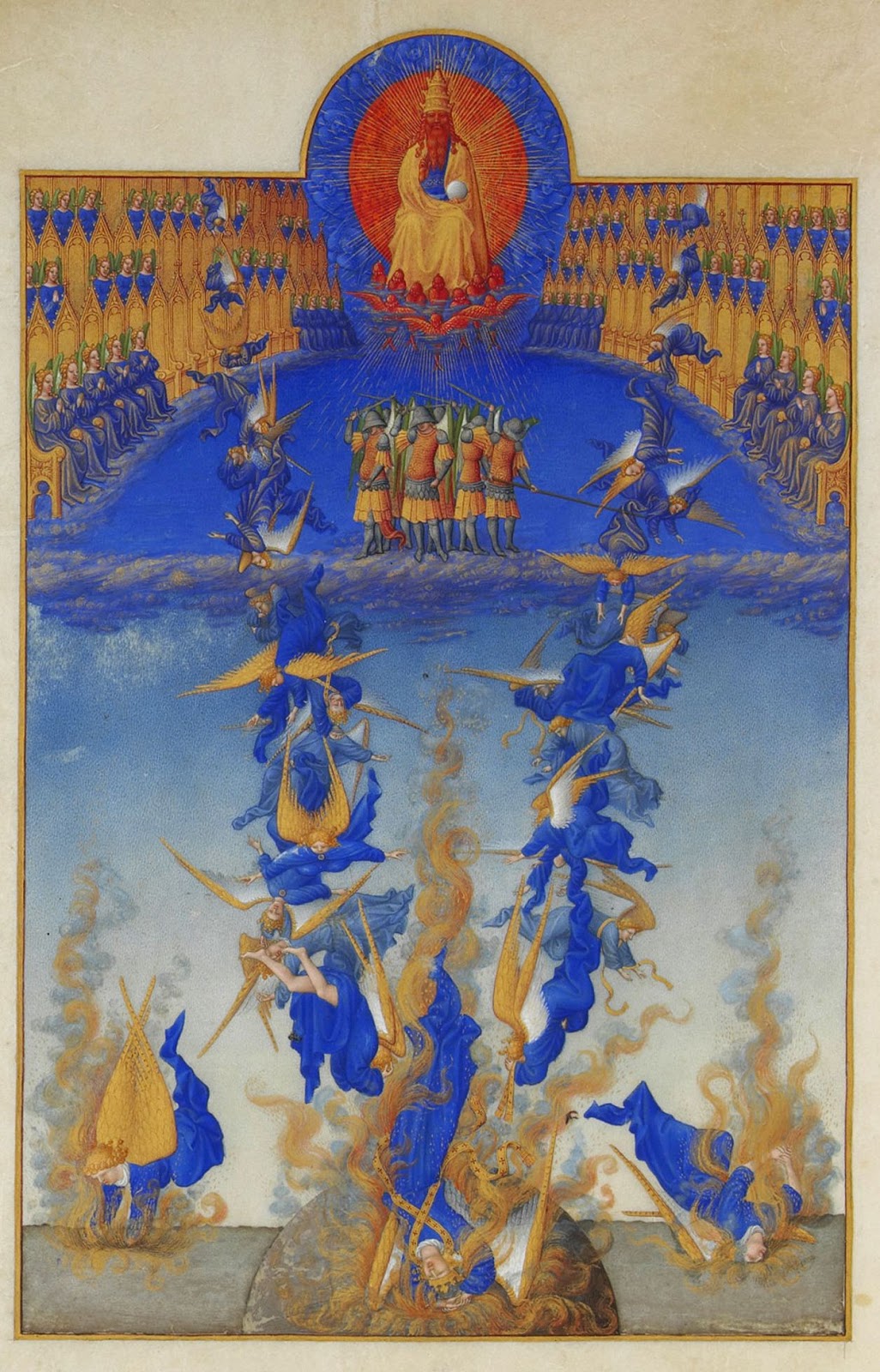
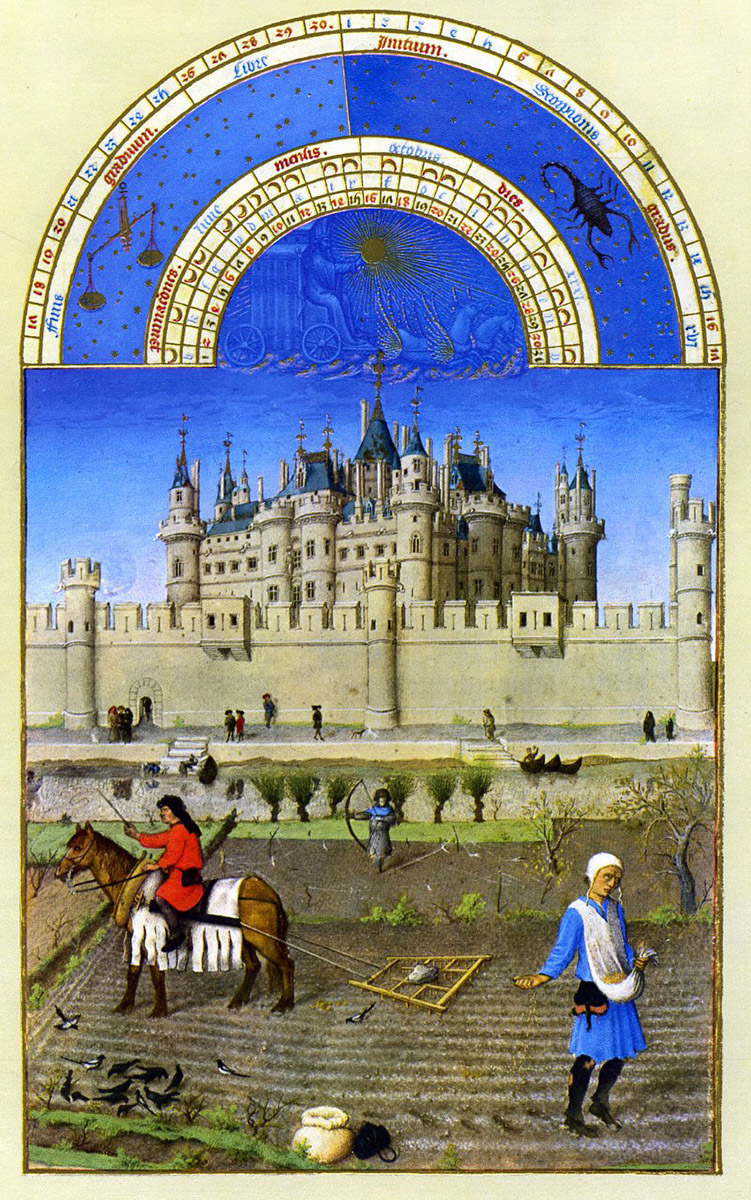
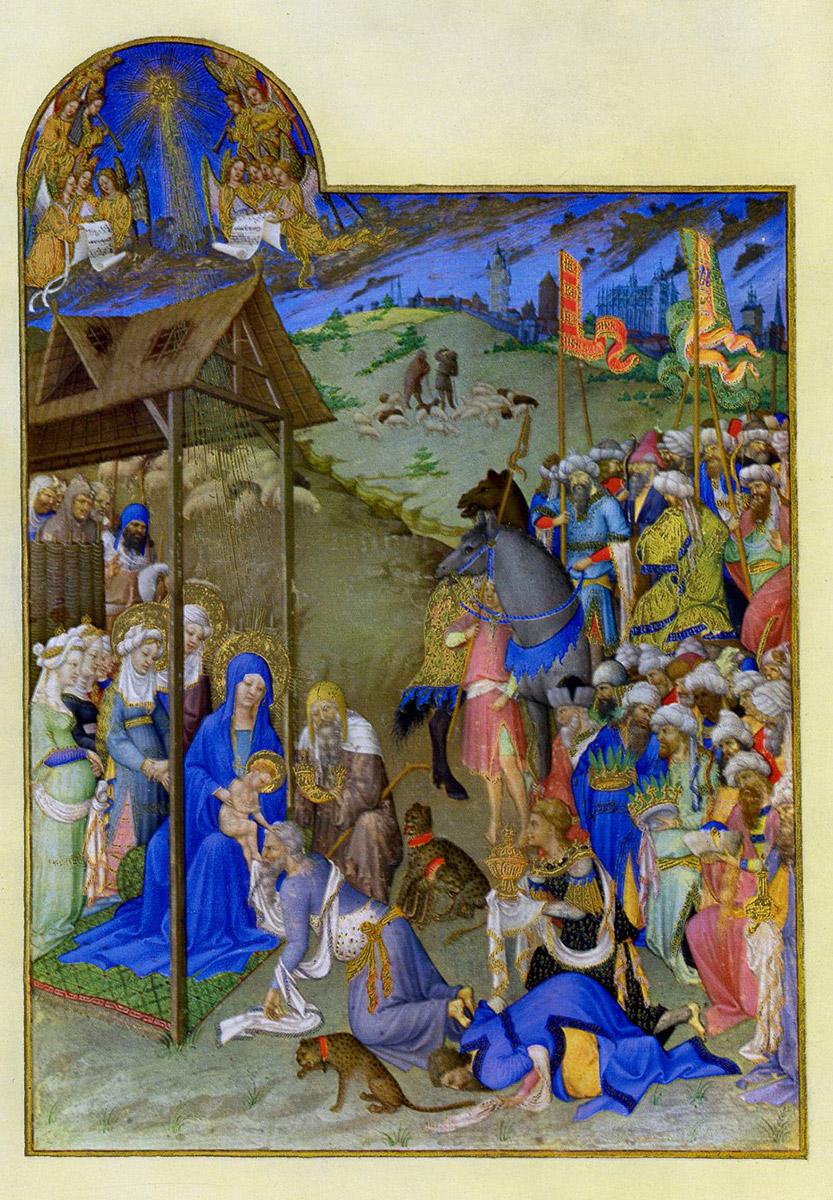
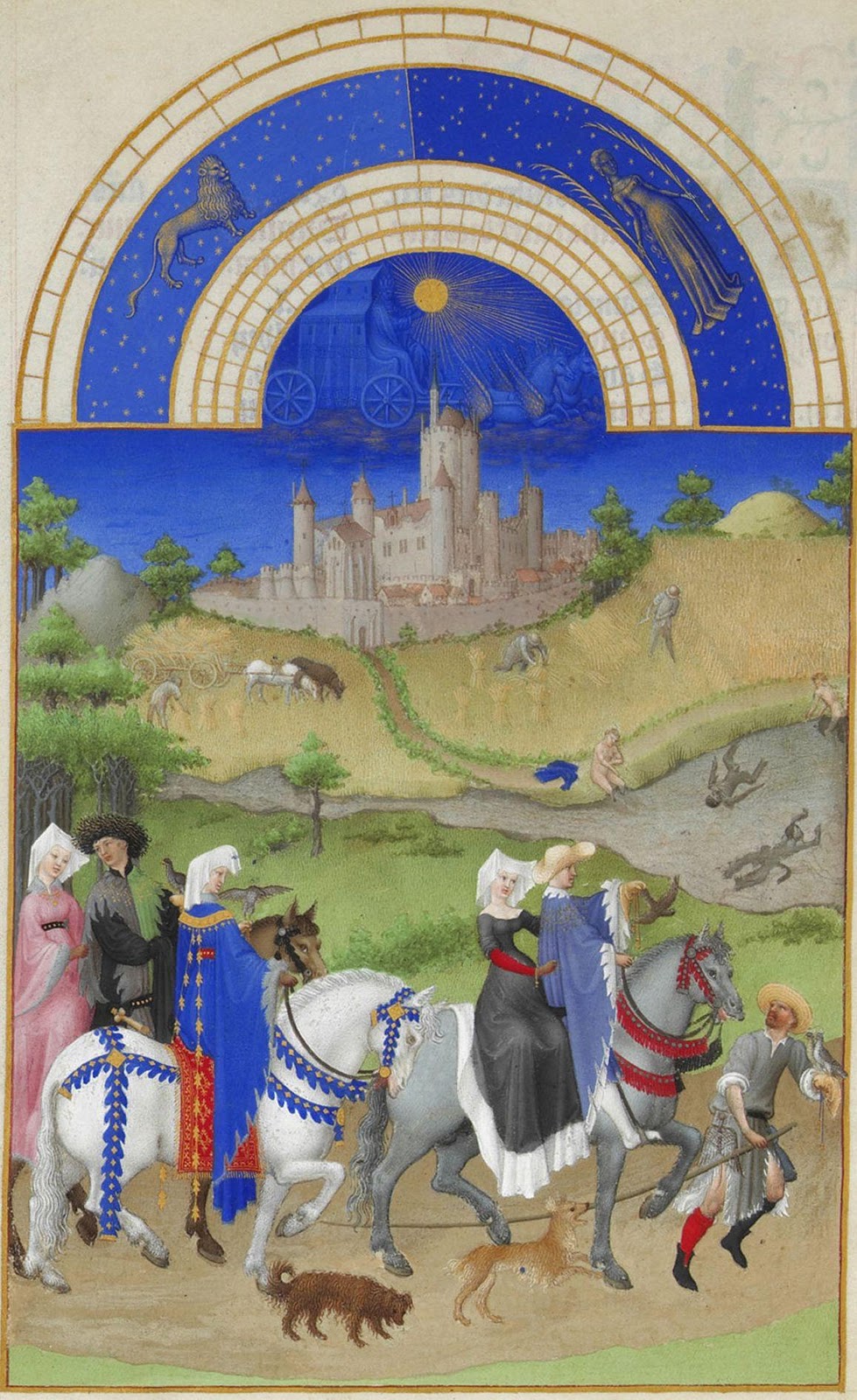
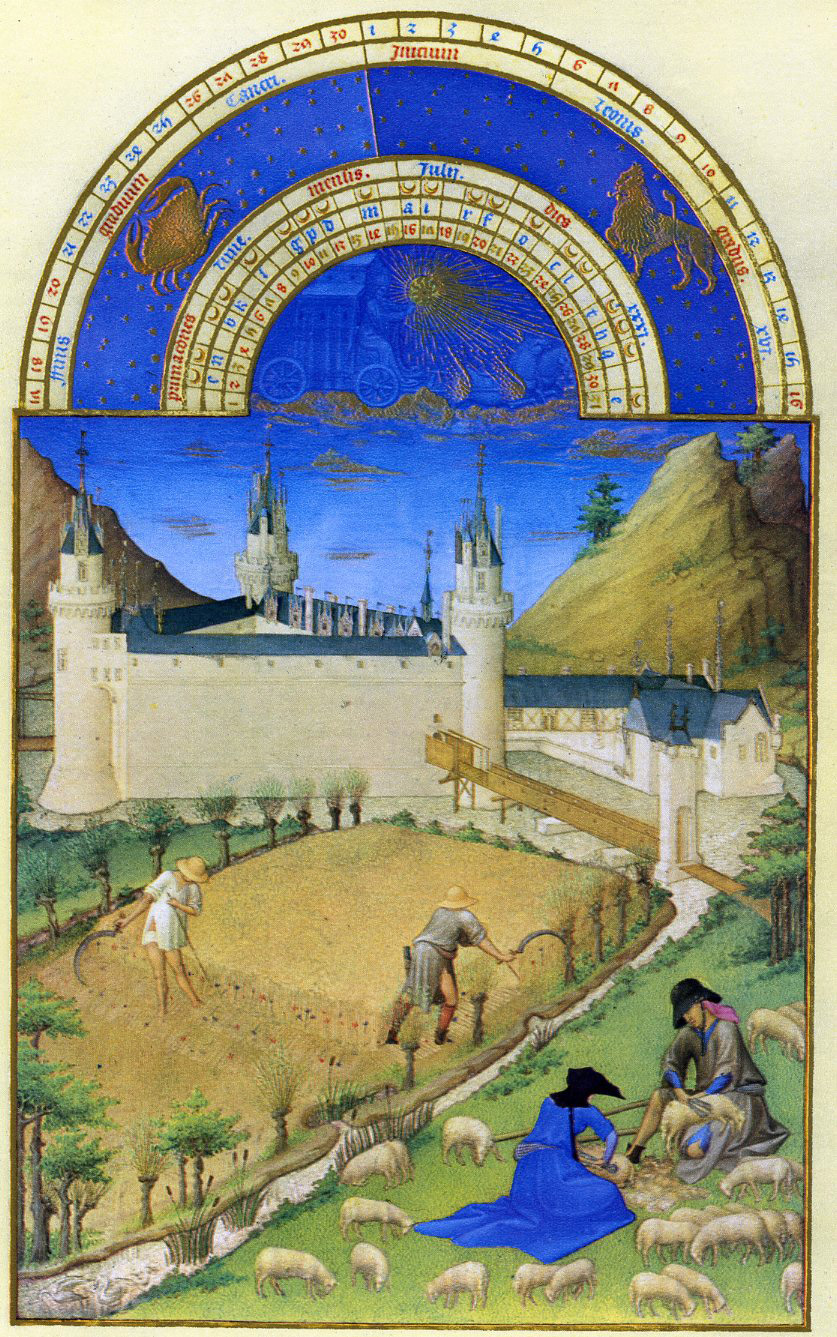
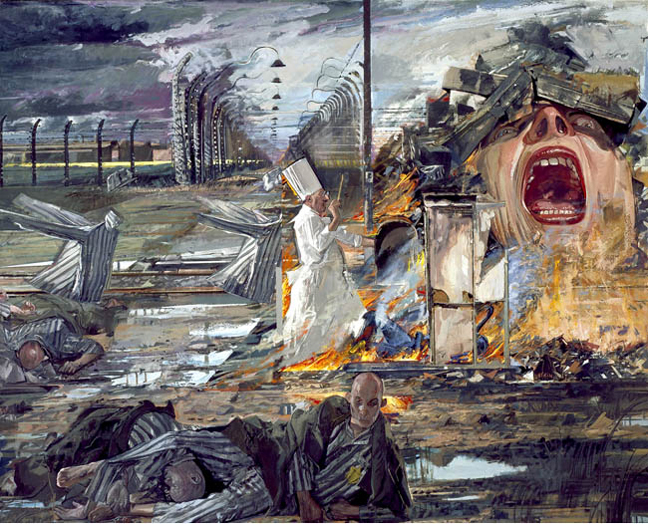
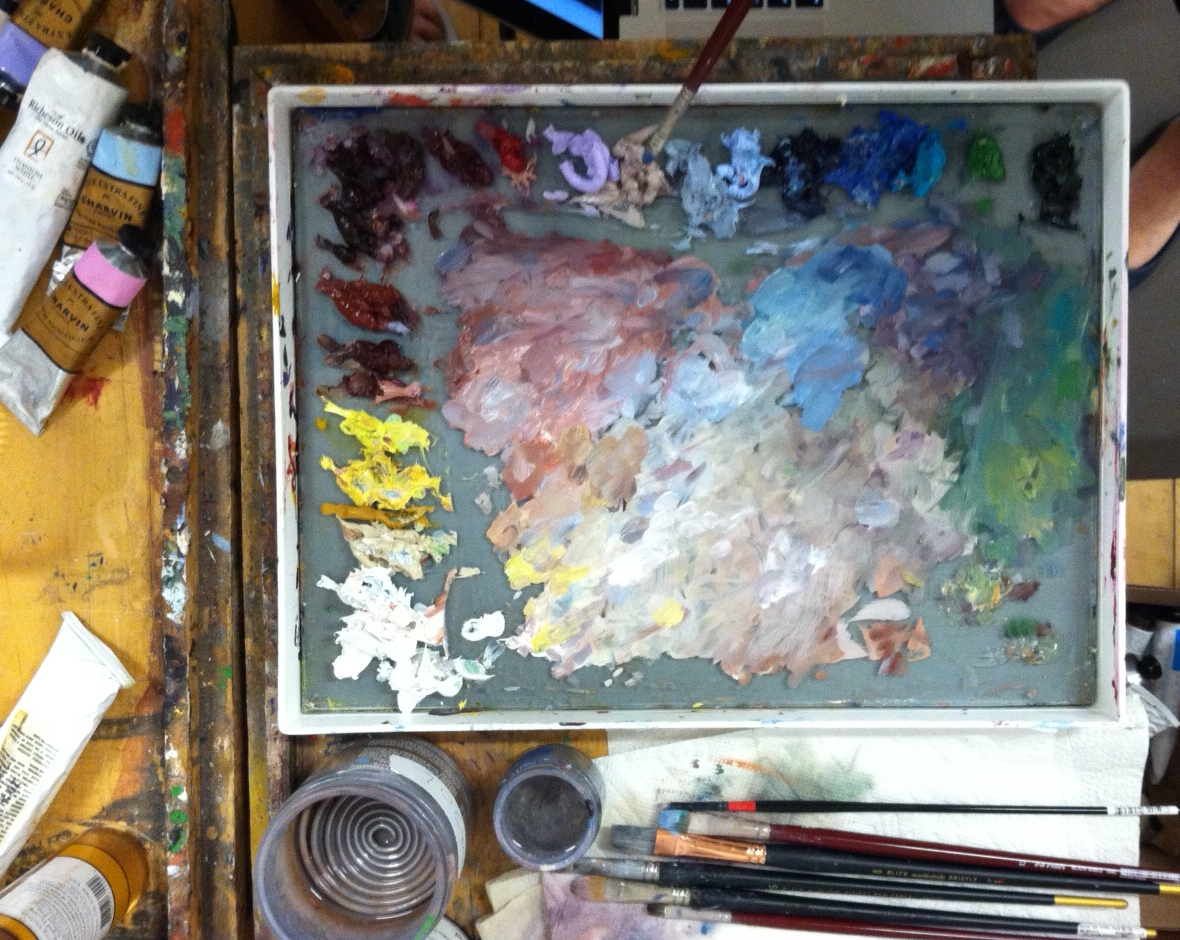
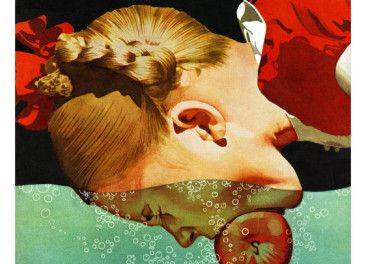


Besides how priceless those pages are by themselves, I know the use of blue in the Renaissance was highly limited due to the cost of blue…at times…which was once 2x the cost of gold by weight. I saw a number of illuminated manuscripts when I visited Hildesheim years ago…in addition to the Bernward Doors.
Anyway…thanks for your post.